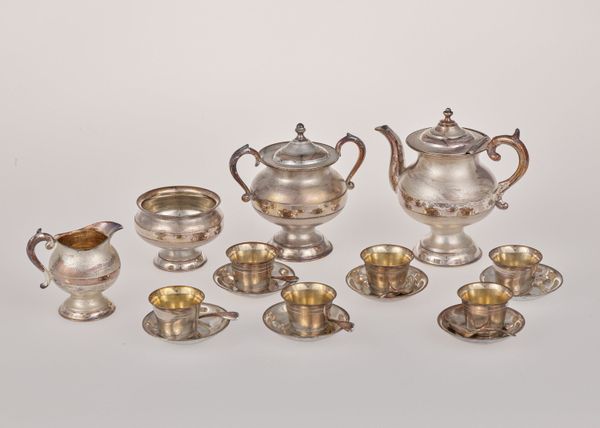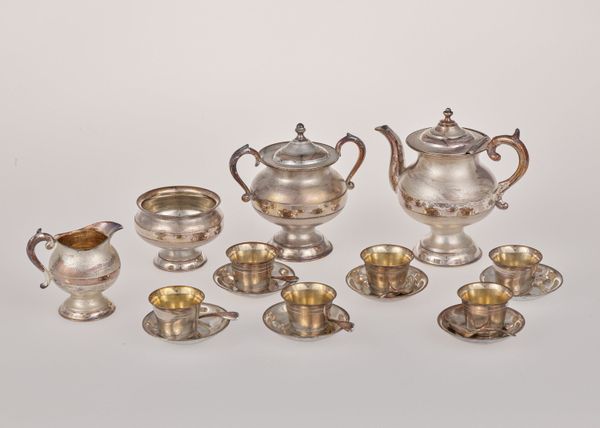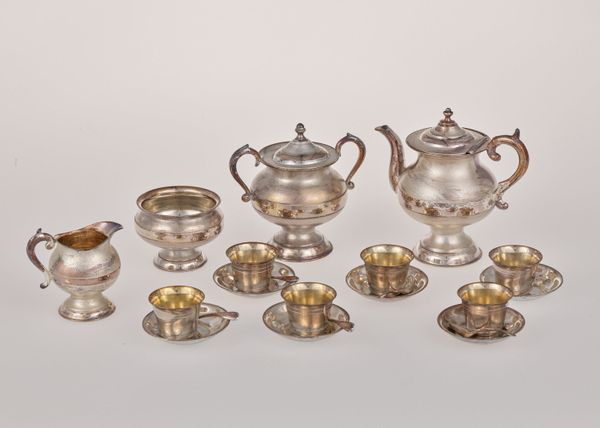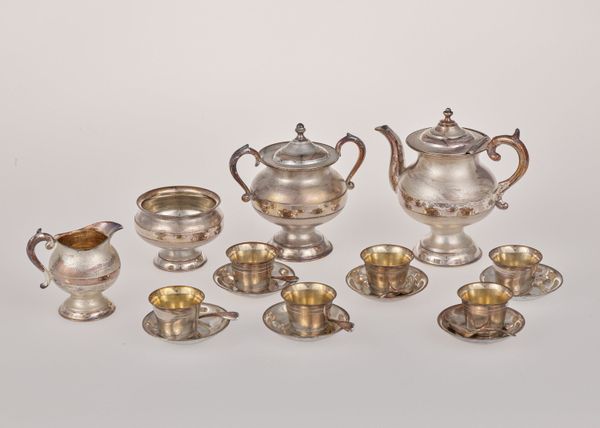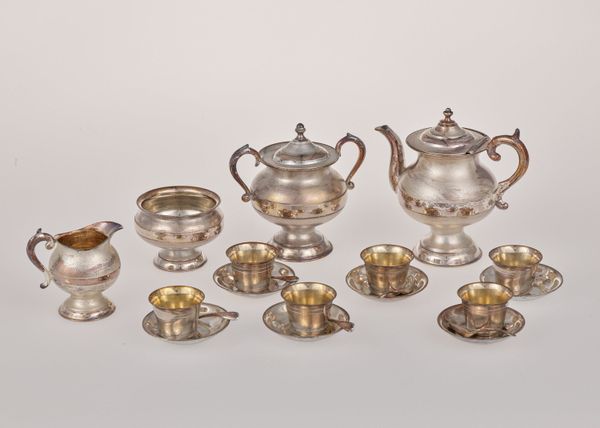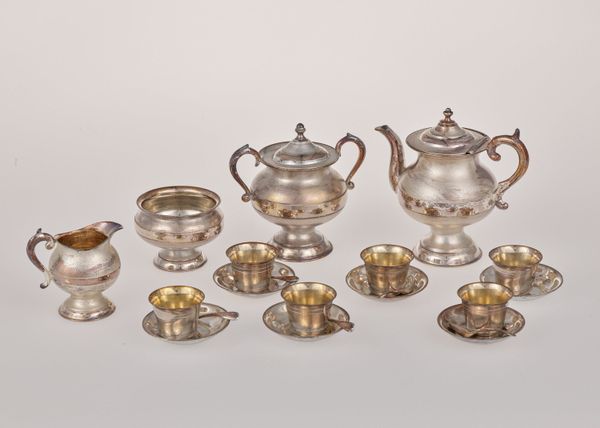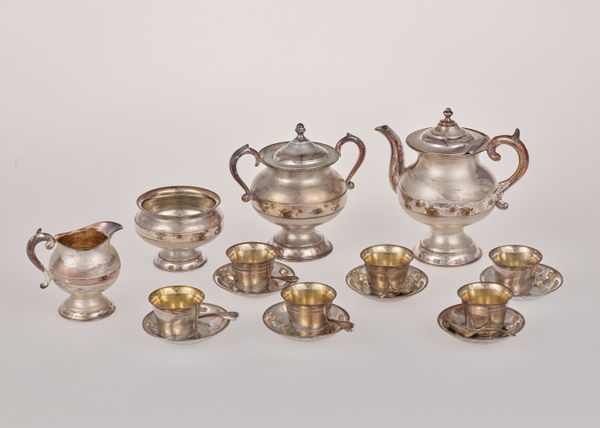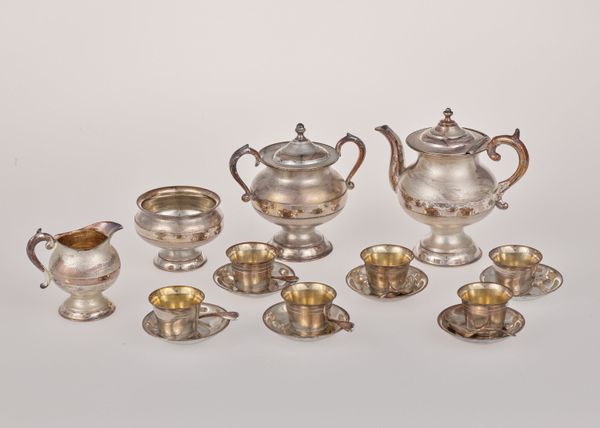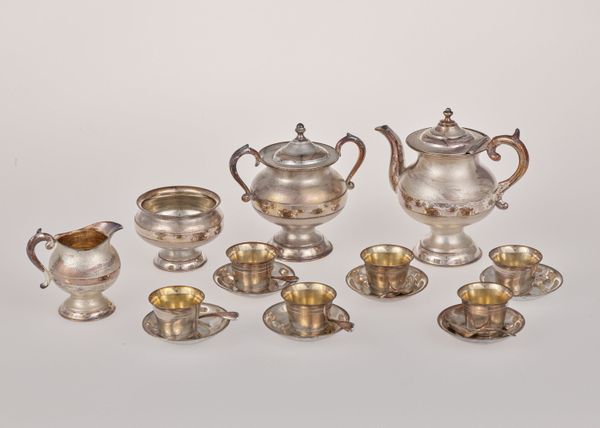
Dimensions: 1 7/8 x 1/2 in. (4.76 x 1.27 cm)
Copyright: Public Domain
Curator: This charming artifact, a "Teaspoon" crafted around 1875 by James Tuff, is a study in miniature baroque opulence, now residing here at the Minneapolis Institute of Art. Editor: My first impression is of delicate grandeur; each tiny vessel shimmers with a history of formal gatherings and perhaps, the hushed tones of polite conversation. Curator: Precisely. Note the materiality: silver. What does that choice tell us about the consumer culture? The artist is embracing craft production for decorative and fine art. Editor: Definitely, silver speaks volumes about status and ritual during the Victorian era. Tea ceremonies were steeped in socio-political meaning, weren't they? An act of social performance...a gendered space, controlled by wealthy women to discuss, negotiate, and network in subtle ways? Curator: The decorative arts movement, including the craftsmanship of functional items like this teaspoon, were directly connected to social progress—and the complex relationships between labour, production, and value. James Tuff would have produced this as a small-scale industry, involving individual or multiple workshops in some combination. Editor: Indeed. Think about it as an intersectional artifact! We see elements of class, gender, and perhaps even a commentary on imperial expansion through access to global commodities such as tea. Silver's reflectiveness might symbolize mirrored positions in that dynamic, a kind of surface value covering more profound realities. Curator: In closing, this “Teaspoon” is much more than mere flatware; it's an object whose production tells the story of design and artistic collaboration. Editor: Agreed. It encapsulates the complex tapestry of Victorian society; a subtle reminder that everyday objects carry significant social and cultural weight.
Comments
No comments
Be the first to comment and join the conversation on the ultimate creative platform.
